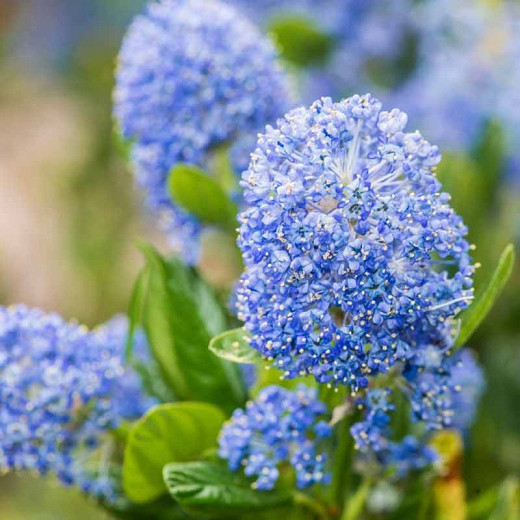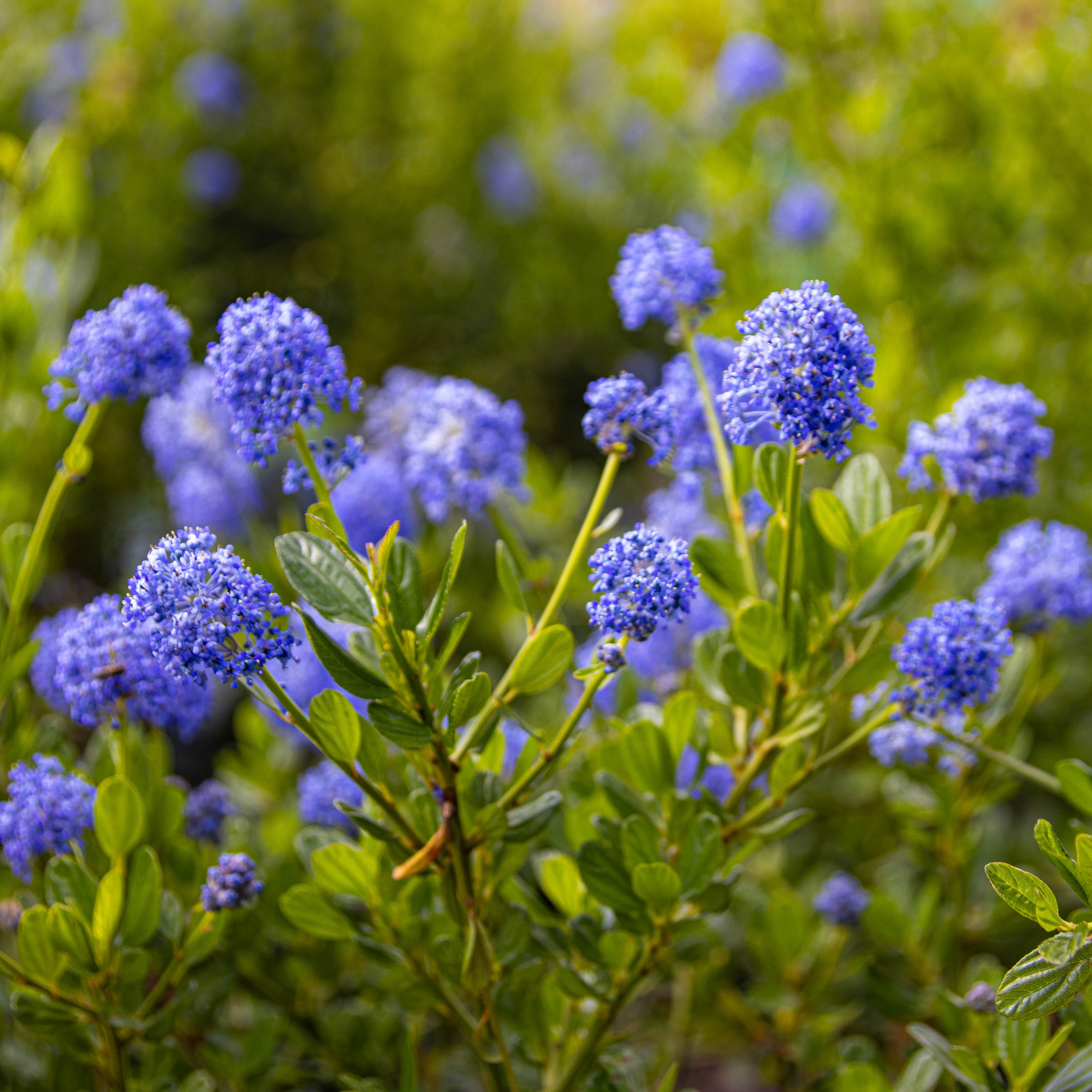Californian Lilacs: The Ultimate Guide To Growing And Caring For These Beautiful Shrubs
Title: Californian Lilacs: The Ultimate Guide to Growing and Caring for These Beautiful Shrubs
Introduction:
Californian lilacs (Ceanothus) are a group of beautiful shrubs that are native to California. They are known for their profuse blooms, which can range in color from white to blue, purple, and pink. Californian lilacs are relatively easy to grow and care for, making them a popular choice for gardeners in many parts of the world.
In this blog post, we will discuss everything you need to know about growing and caring for Californian lilacs. We will cover topics such as choosing the right location, planting, watering, fertilizing, pruning, and pest control. We will also provide some tips on how to extend the flowering season of your Californian lilacs.
Main Content:
Choosing the Right Location
Californian lilacs prefer full sun, but they can also tolerate partial shade. They are not very tolerant of frost, so it is important to choose a location that is protected from cold winter winds. Californian lilacs also need well-drained soil. If your soil is heavy clay, you may need to amend it with sand or compost to improve drainage.
Planting
Californian lilacs can be planted in the spring or fall. When planting, dig a hole that is twice as wide and as deep as the root ball. Backfill the hole with soil, tamping it down gently. Water the plant well after planting.
Watering
Californian lilacs need regular watering, especially during the first year after planting. Once established, they are more drought tolerant, but they will still benefit from deep watering during hot, dry periods.
Fertilizing
Californian lilacs do not need to be fertilized often. A light application of fertilizer in the spring will help to promote flowering.
Pruning
Californian lilacs do not need to be pruned heavily. A light trim in the spring will help to keep the plant looking its best. You can also remove any dead or diseased branches.
Pest Control
Californian lilacs are not usually bothered by pests. However, they can be susceptible to scale, mealybugs, and aphids. If you see any pests on your plants, you can treat them with insecticidal soap or neem oil.
Extending the Flowering Season
The flowering season of Californian lilacs can be extended by deadheading spent blooms. You can also remove any seed pods that form. This will encourage the plant to produce more flowers.
Conclusion
Californian lilacs are a beautiful and easy-to-grow shrub that can add color and interest to any garden. With proper care, they will reward you with years of beautiful blooms.
Californian lilacs are beautiful shrubs that are native to California. They are known for their vivid blue flower clusters, which bloom in spring and summer. If you are interested in learning more about Californian lilacs, I encourage you to visit Garden Wiki. This website has a wealth of information about Californian lilacs, including their history, cultivation, and care.
FAQ of californian lilac
What is Californian lilac?
Californian lilac (Ceanothus thyrsiflorus) is a deciduous shrub or small tree native to California. It is known for its beautiful, fragrant flowers that bloom in spring. Californian lilacs come in a variety of colors, including blue, white, pink, and purple.
How to care for Californian lilac?
Californian lilacs are relatively easy to care for. They prefer full sun and well-drained soil. They are drought-tolerant once established, but they will benefit from regular watering during the first year or two after planting. Californian lilacs do not need to be pruned often, but they can be pruned in late winter or early spring to remove dead or diseased branches.
What are the benefits of Californian lilac?
Californian lilacs are not only beautiful, but they also have a number of benefits. They are a good source of nectar for bees and butterflies, and they can help to attract birds to your garden. Californian lilacs are also relatively resistant to pests and diseases.
Where to plant Californian lilac?
Californian lilacs are a good choice for a variety of landscapes. They can be planted in borders, shrub beds, or even as a specimen plant. They are also a good choice for xeriscaping, as they can tolerate dry conditions.
How long does Californian lilac live?
Californian lilacs can live for many years, with some plants living for up to 30 years.
Image of californian lilac
Close up of a bee on a Californian lilac: This image shows a close up of a bee pollinating a Californian lilac flower. The flower is a deep purple color and the bee is a dark brown color. The image is high quality and would be suitable for a variety of uses, such as a website, brochure, or print ad.

A row of Californian lilacs in full bloom: This image shows a row of Californian lilacs in full bloom. The lilacs are a variety of colors, including purple, blue, and white. The flowers are clustered together on the branches and the leaves are a dark green color. The image is a beautiful representation of the Californian lilac in its natural habitat.

A single Californian lilac flower in close up: This image shows a single Californian lilac flower in close up. The flower is a deep purple color and it is surrounded by a cluster of green leaves. The petals are delicate and the center of the flower is filled with yellow stamens. The image is a stunning close up of the beauty of the Californian lilac flower.
-Flowers-Close-Up.jpg)
A Californian lilac bush in full bloom: This image shows a Californian lilac bush in full bloom. The bush is covered in purple flowers and the leaves are a dark green color. The bush is located in a garden and there are other flowers and plants in the background. The image is a beautiful representation of the Californian lilac in its garden setting.

A Californian lilac tree in full bloom: This image shows a Californian lilac tree in full bloom. The tree is covered in purple flowers and the leaves are a dark green color. The tree is located in a park and there are people walking and sitting under the tree. The image is a beautiful representation of the Californian lilac in its natural habitat.
A Californian lilac branch with flowers: This image shows a Californian lilac branch with flowers. The flowers are a variety of colors, including purple, blue, and white. The branch is covered in flowers and the leaves are a dark green color. The image is a beautiful close up of the beauty of the Californian lilac branch.
A Californian lilac leaf: This image shows a single Californian lilac leaf. The leaf is a dark green color and it has a serrated edge. The leaf is slightly curled and it is covered in small hairs. The image is a close up of the beauty of the Californian lilac leaf.

A Californian lilac flower bud: This image shows a Californian lilac flower bud. The bud is a deep purple color and it is surrounded by a cluster of green leaves. The bud is just beginning to open and it is a beautiful representation of the beauty of the Californian lilac flower.

A Californian lilac seed head: This image shows a Californian lilac seed head. The seed head is a dry, brown color and it is covered in small seeds. The seed head is still attached to the branch and it is a beautiful representation of the end of the Californian lilac's flowering season.

A Californian lilac in a vase: This image shows a Californian lilac in a vase. The lilac is a deep purple color and it is surrounded by green leaves. The lilac is a beautiful addition to the vase and it is a great way to enjoy the beauty of the Californian lilac indoors.

Post a Comment for "Californian Lilacs: The Ultimate Guide To Growing And Caring For These Beautiful Shrubs"